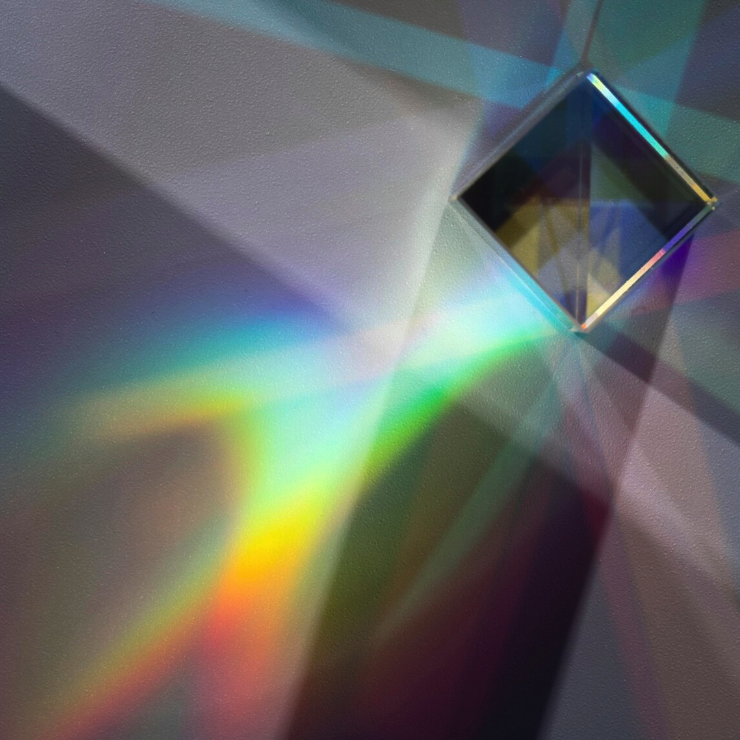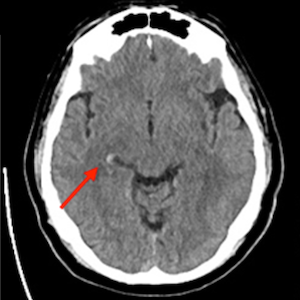Normative values of the nociceptive blink reflex habituation

Accepted: 2 April 2024
SUPPLEMENTARY MATERIAL: 204
All claims expressed in this article are solely those of the authors and do not necessarily represent those of their affiliated organizations, or those of the publisher, the editors and the reviewers. Any product that may be evaluated in this article or claim that may be made by its manufacturer is not guaranteed or endorsed by the publisher.
Authors
Introduction: Habituation is a physiological phenomenon, characterized by response reduction to repeated stimulus presentation. In headache disorders, habituation studies have involved different paradigms with several stimulation parameters and sensory modalities, and consistently showed impaired habituation in primary headaches in the interictal phase. The nociceptive blink reflex (nBR) and its related R2 response, modulated by a polysynaptic network in the trigeminocervical complex, is one of the most studied in the field. The lack of nBR habituation normative data hampered the possibility to draw conclusions regarding the functional status of individual patients. The present study aims to define normative values for the nBR habituation process in healthy subjects without a personal diagnosis and family history of migraine, or other headache disorders.
Methods: We enrolled 40 healthy subjects (24 females, 32.7±11.6 years) for nBR recording and nBR habituation assessment. To assess the habituation of nBR, 26 consecutive stimuli were administered at three different and randomized stimulus frequencies (0.2, 0.3, 0.5 Hz). After excluding the first response, the remaining 25 area under the curve (AUC) were divided in 5 blocks, and the average values of the AUC was calculated for each block. The percentage reduction in the AUC of the fifth block, compared to the first, represents the habituation index (HI) value. We considered a one-tailed 10th percentile threshold as the lower threshold of normative values for nBR HI.
Results: The habituation phenomenon was confirmed for all study frequencies. The absolute AUC of the R2 component across the five blocks of stimulation was higher in female subjects when compared to male for 0.5 Hz (p=0.021) and 0.2 Hz (p=0.007). We found a frequency-dependent habituation pattern, being lower at the 0.2 Hz stimulation when compared to 0.5 Hz (p=0.001), and 0.3 Hz (p=0.008). The average HIs were 73.1±13.6 at 0.5 Hz, 69.2±15.0 at 0.3 Hz, and 61.1±21.4 at 0.2 Hz. HIs were comparable between male and female subjects, without correlations with age, intensity of stimulation, and latency of the R2 component. The 10th percentile of the HIs was 43.5% for 0.5 Hz, 55.8% for 0.3 Hz, and 28.6% for 0.2 Hz.
Conclusions: We investigated the nBR habituation in a population of healthy subjects for normative data collection. We described a frequency- dependent degree of habituation, being more pronounced at higher frequencies of stimulation. Moreover, we described gender-related features of response behaviour, which is extremely important in the migraine field. Our study further characterized the physiological habituation phenomenon in healthy controls exposed to a nociceptive stimulation. The definition of a normative habituation value will open novel possibilities in the study of migraine, as well as other headache and pain disorders.
How to Cite

This work is licensed under a Creative Commons Attribution-NonCommercial 4.0 International License.
PAGEPress has chosen to apply the Creative Commons Attribution NonCommercial 4.0 International License (CC BY-NC 4.0) to all manuscripts to be published.

 https://doi.org/10.4081/cc.2024.15730
https://doi.org/10.4081/cc.2024.15730










